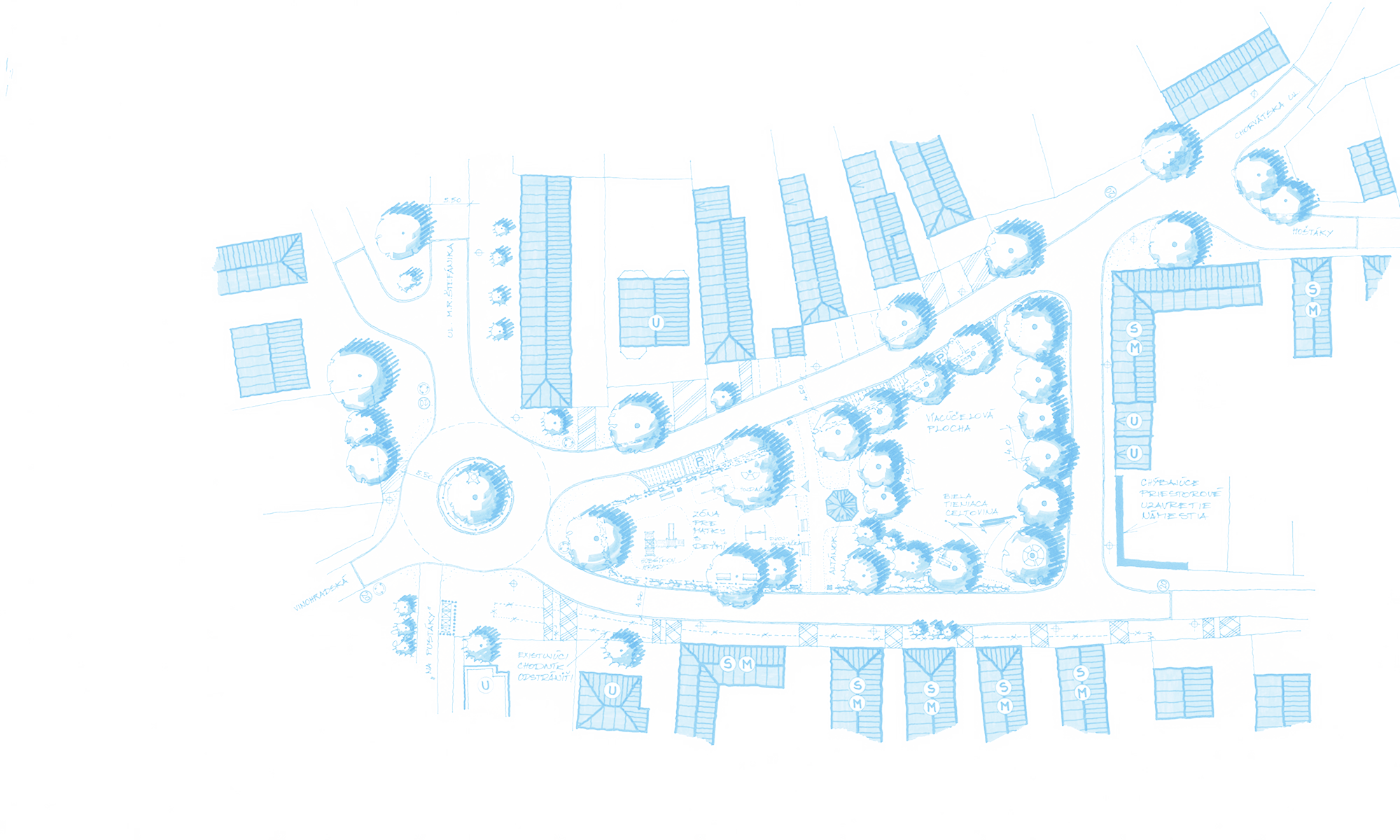Historic buildings are not treated as „seriously” as they should and could be in current European legislation regarding energy efficiency matters. It is true that the question of historic buildings’ renovation processes is not as straightforward as in case of new buildings, i.e. often they have to be dealt with individually. We have to consider the value that has to be conserved for future, but also we have to be aware of the energy that we are losing through the building envelopes.
In my work I considered possibilities keeping in mind the values that should be preserved and tried to work out different renovation options that could be used for numerous buildings at Obhodna St.
Let me show you the renovation possibilities through a building, Obhodna 25 (Built 1936).

Due to the historic nature of the building I decided that the facade and street view of the building should not be changed significantly so I searched for development possibilities at other parts of the building.
EN 12831 standard (Energy performance of buildings. Method for calculation of the design heat load. Part 1: Space heating load, Module M3-3) was used for the calculation of heat loss. As I lacked detailed information of the current state, I made some assumptions for the layer compositions which seemed appropriate regarding to the age of the building.
I created 6 renovation categories in order to see the difference in heat losses.
A. The replacement of windows and doors – wooden (keeping in mind the style of old windows/doors).
B1. – ‘A’ and insulation of the attic – rockwool
B2. – ‘A’ and insulation of external walls (in the patio and around, except facade)
(B1+ B2) =C All of the above
D. – ‘C’ and insulation of the basement ceiling
E. – ‘D’ and insulation of walls adjacent to unheated spaces
Initial heat loss for the current state of the building was calculated to be 166 kW. Result of calculations can be seen in the table below.

It is clear from the table that energy consumption can be significantly reduced with even taking only one or two measures from the 6 categories above.
One aspect has to be kept in mind when applying insulations: In order to avoid moisture and mold growth our ‘tightened’ building should have sufficient ventilation (natural or mechanical).
This was only energy saving potential with insulation… modernization of building service systems also gives possibilities for further development.
